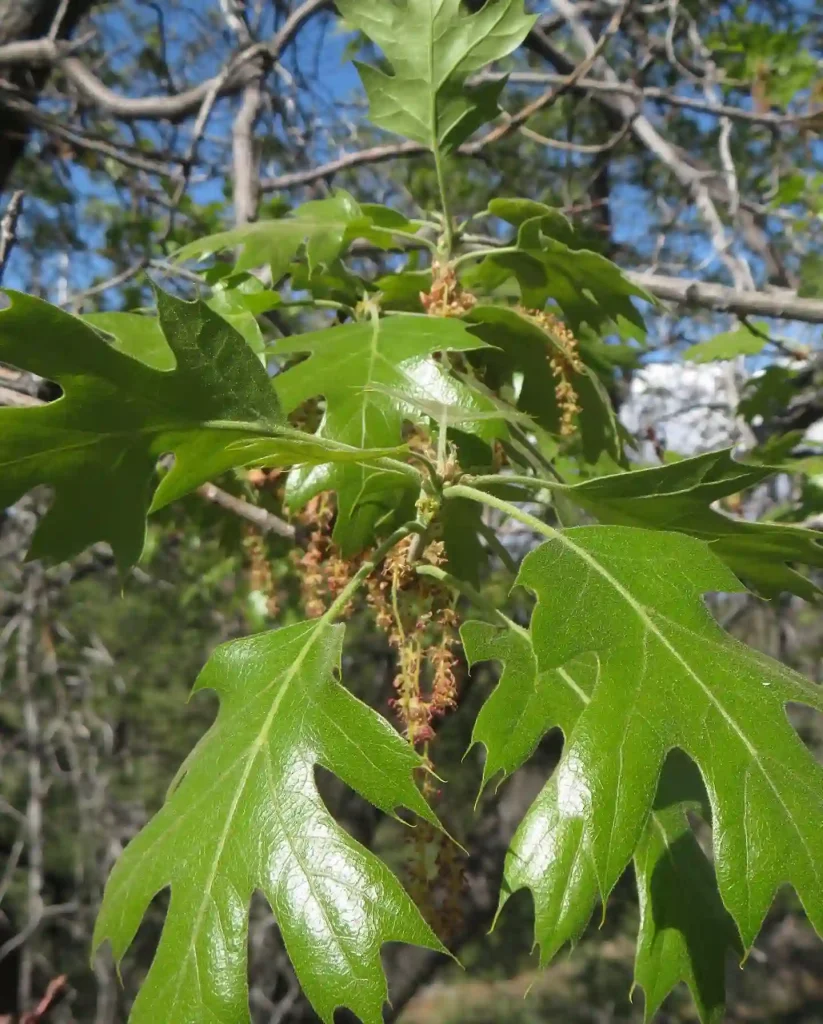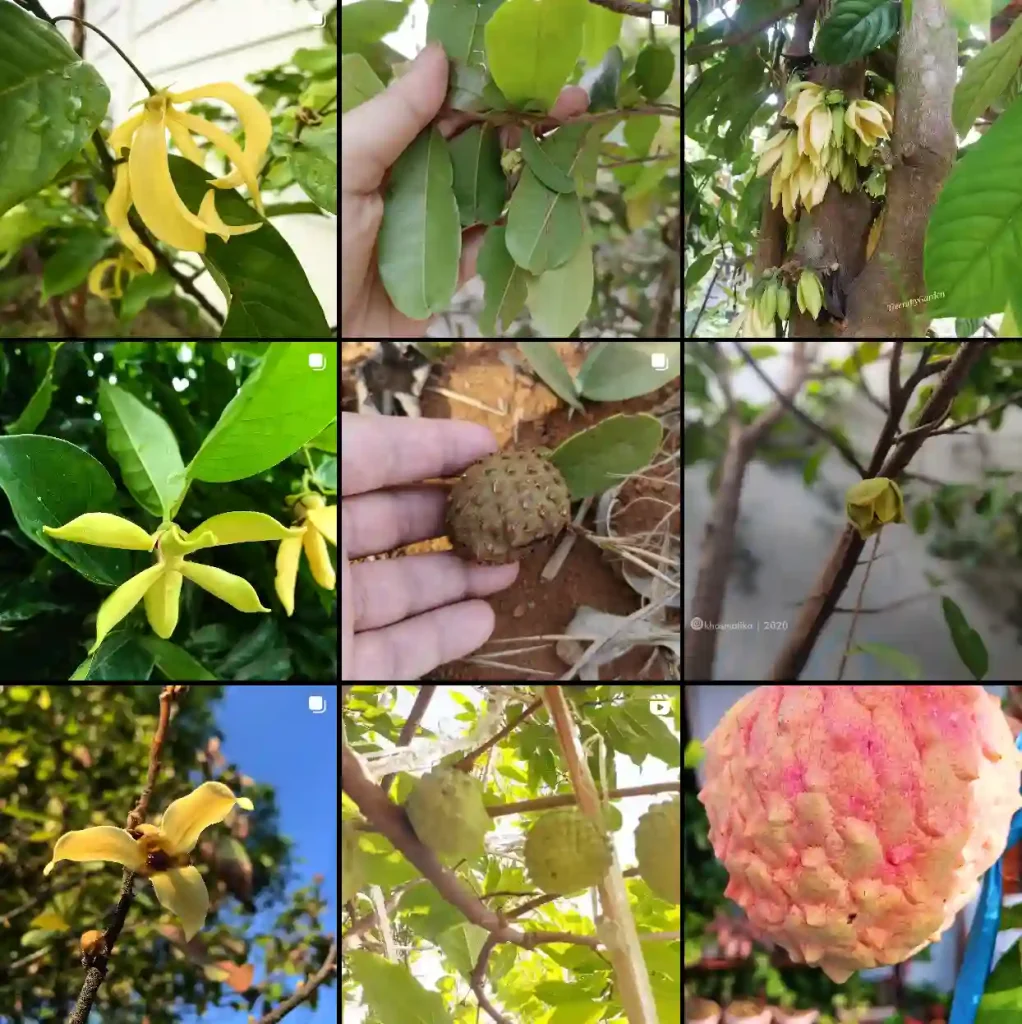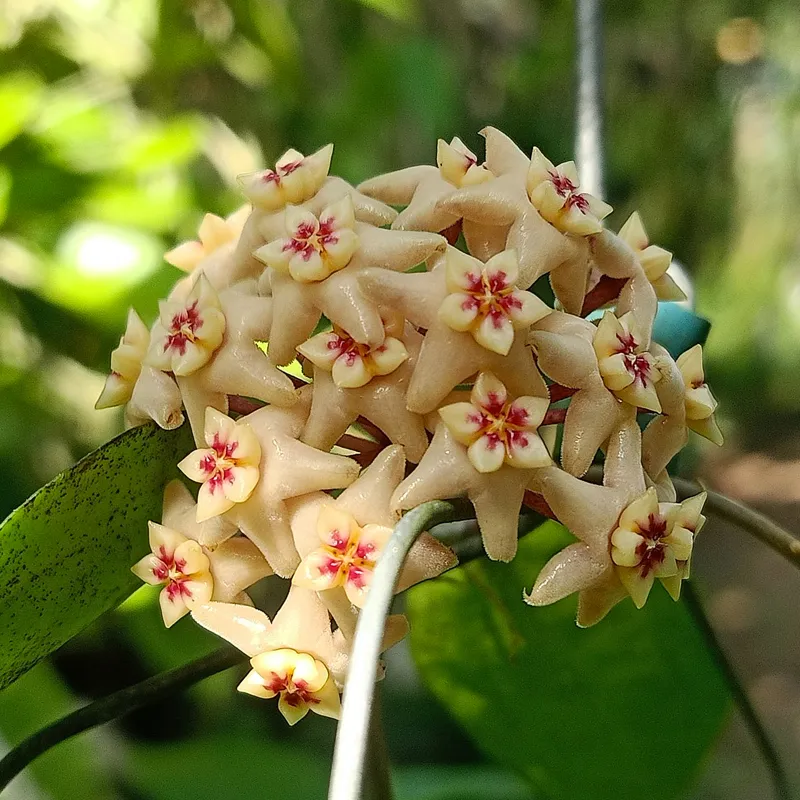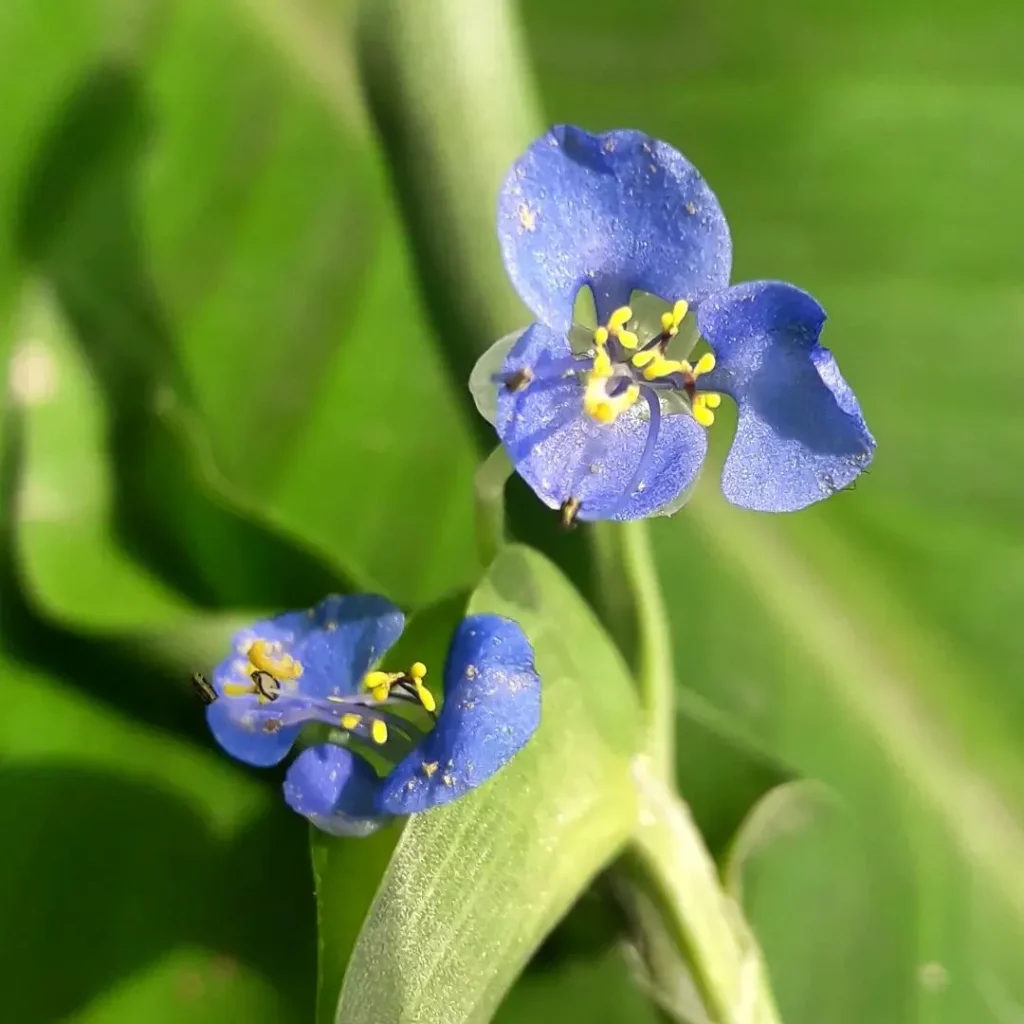California Brittlebush: A Gardener’s Golden Friend
As a gardener here in [Your City, State], I’m always on the lookout for plants that are not only beautiful but tough enough to handle our climate. Enter the Encelia californica, also known as California Brittlebush or California Bush Sunflower. This native shrub has become a fast favorite in my garden, and for good reason.
Encelia californica boasts bright yellow, daisy-like flowers that bring a cheerful burst of color throughout the summer. But its beauty is just the beginning. This tough plant thrives in full sun and well-drained soil, making it perfect for our dry summers. It’s also relatively low-maintenance, requiring minimal watering once established.
Encelia californica vs encelia californica
When I’ve grown Encelia californica, I found it thrives in my dry, sunny garden, offering a splash of golden color with its resilient blooms that really pop against the arid backdrop.
Encelia californica vs helianthus annus
In contrast, when I tried Helianthus annuus in the same conditions, it struggled with the heat and often wilted by mid-summer, showing me how it needs more moisture and cooler temperatures compared to Encelia californica.
When to Plant Encelia californica?
The best time to plant Encelia californica is in the fall, after the summer heat has subsided. This allows the plant to establish its roots before the winter chill sets in. If fall planting isn’t possible, spring planting can work as well, but be sure to water the plant regularly during its first summer.
How Much Space Does the Encelia californica Need?
Encelia californica is a bushy shrub that can reach up to 5 feet tall and wide. When planting, keep this in mind and provide enough space for it to mature without crowding its neighbors. Aim for a spacing of at least 3-5 feet between plants.
What Soil Does the Encelia californica Prefer?
As mentioned earlier, Encelia californica thrives in well-drained soil. Sandy soils or amended clay soils are ideal. If your soil is heavy clay, consider amending it with compost or sand to improve drainage.
How to Care for Encelia californica?
Once established, Encelia californica is a low-maintenance plant. Deep watering occasionally during the hottest months is all it needs. However, for bushier growth and more flowers, you can trim the plant lightly after flowering. This will encourage new growth and prevent it from becoming leggy.
What to Plant with Encelia californica?
Encelia californica pairs beautifully with other drought-tolerant plants that share its love for full sun. Some good companion plants include:
- California Lilac (Ceanothus)
- Lavender (Lavendula)
- Salvia (Salvia species)
- Yarrow (Achillea millefolium)
- California Fescue (Festuca californica)
How to Propagate Encelia californica?
Encelia californica can be easily propagated by seed or cuttings. Seeds can be sown directly in the garden in the fall or started indoors a few weeks before the last frost. Cuttings can be taken in spring or summer from new growth. Simply snip off a 4-6 inch piece, remove the lower leaves, and plant it in a pot with well-draining soil. Keep the cutting moist and provide bright, indirect light until it roots.
What Animals Eat Encelia californica?
Encelia californica provides a valuable food source for a variety of wildlife. Deer will occasionally browse on the leaves, while rabbits might nibble on tender new growth. However, the plant is generally not considered a favorite food source for these animals.
What Kind of Caterpillars Live on Encelia californica?
Perhaps the most interesting wildlife visitors to Encelia californica are caterpillars. This plant is a host plant for the Bay checkerspot butterfly, a threatened species. The caterpillars feed on the leaves of the Encelia californica, and their presence is a sign of a healthy ecosystem.
By planting Encelia californica in your garden, you’re not just adding a burst of sunshine, you’re contributing to the health of the local ecosystem. So, why not give this California native a try? You might just find yourself smitten with its golden charm.
If i die, water my plants!



